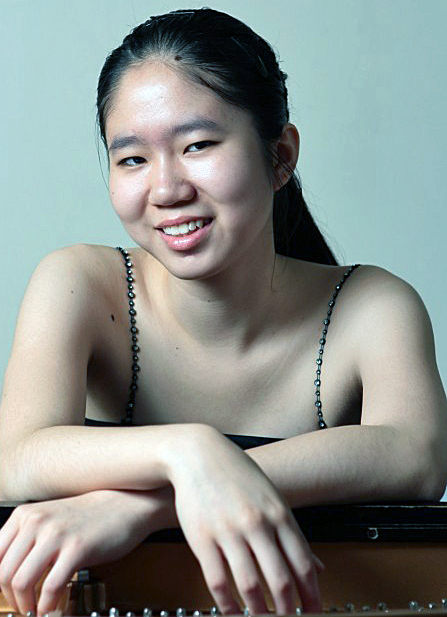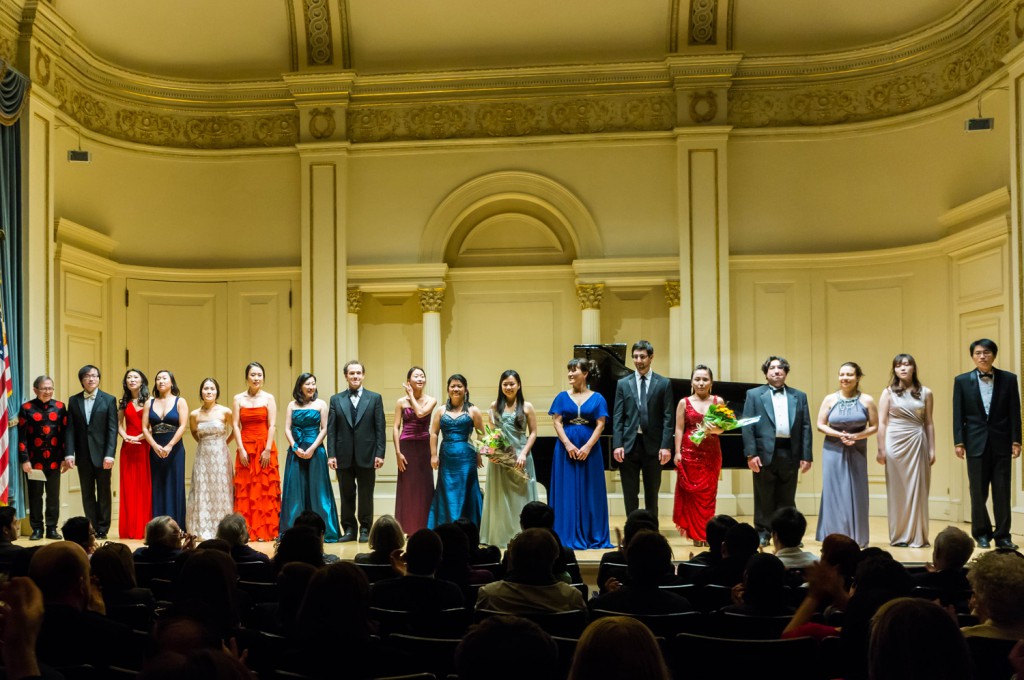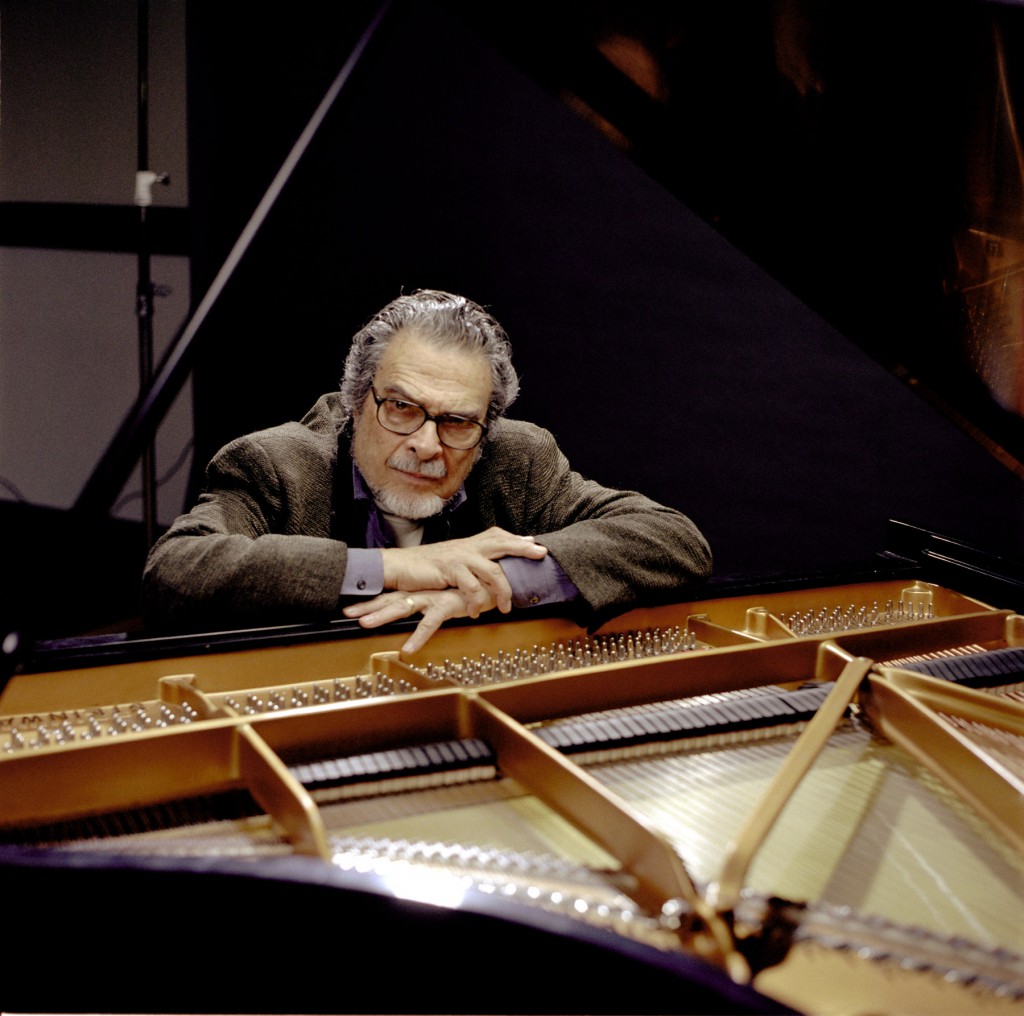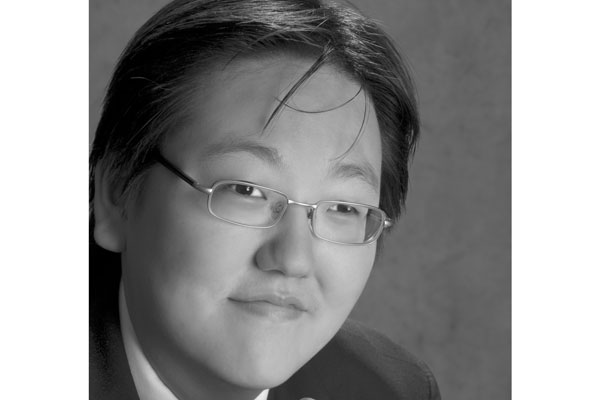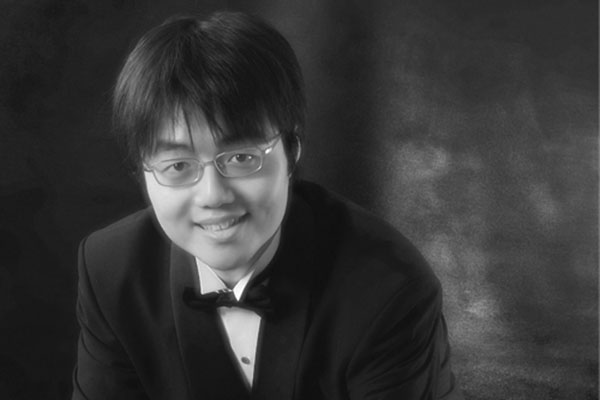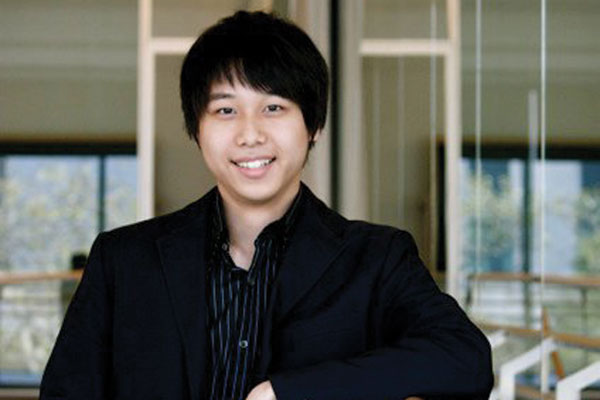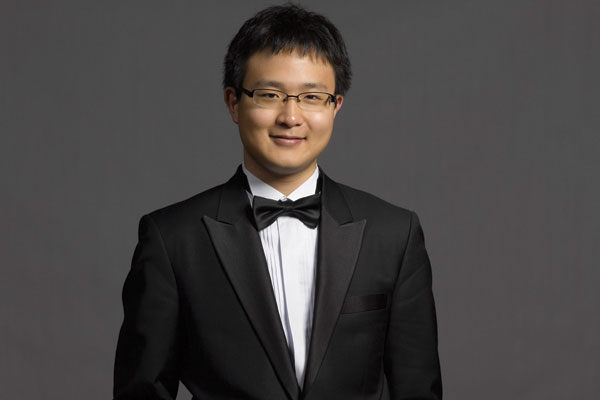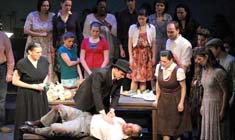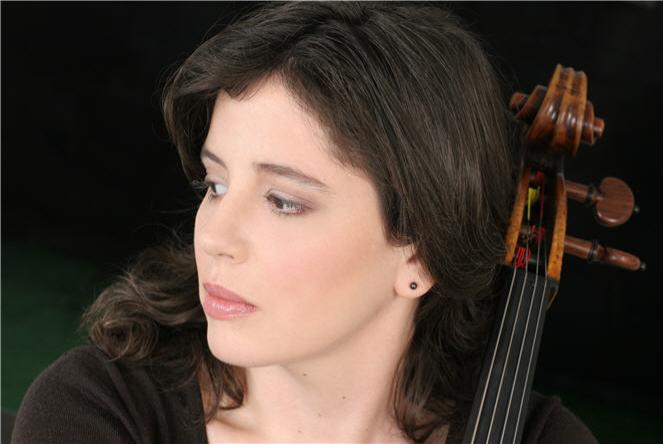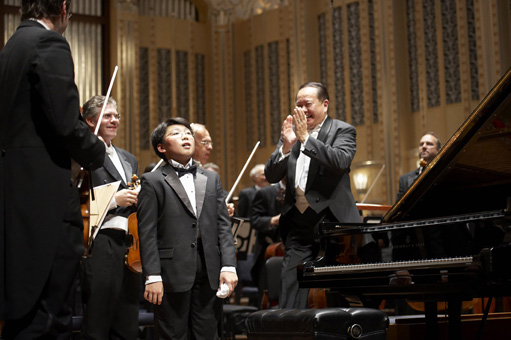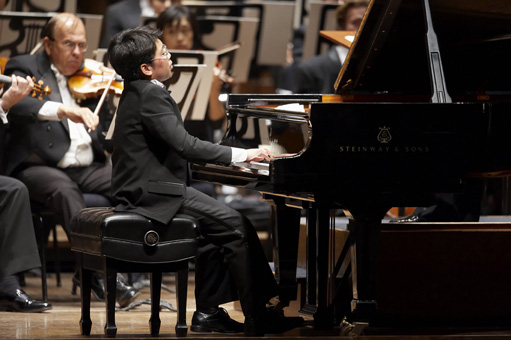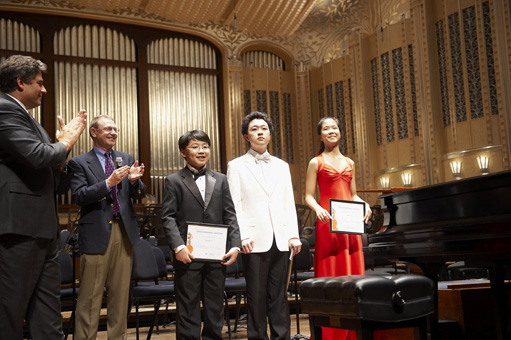In the first of three scheduled concerts at the SubCulture Arts Underground, the Stecher and Horowitz Foundation presented sixteen-year-old pianist, Anna Han, the first-prize winner of their 2012 New York International Competition. The foundation should be commended for looking beyond the usual concert halls in selecting this unconventional venue for classical music. In this day and age, anything that can be done in order to capture new listeners, who might not otherwise attend, should be explored.
A few words about SubCulture Arts Underground are in order. As its name implies, the hall is in the basement of a larger facility. It has the feeling of a club, with a small stage and intimate seating for the audience. For more casual events, a full-service bar is open throughout the performances. Lest anyone think that “underground” means somewhat less than savory environs, let me state that this hall is a place in which even the fussiest person would feel comfortable. While perhaps not a place designed with traditional classical artists in mind, it is nonetheless suitable for classical soloists and small ensembles. My sole reservation was with the piano, of which I will speak later.
Anna Han sports a resume of competition victories and concerto performances that is quite impressive for such a young musician. What interested me the most was how this young player was going to handle her varied and eclectic program. Was this going to be a display of sheer technique, which so many young players seem to have in abundance, or was it going to be something more? The answer was forthcoming almost immediately.
Starting her program with the Bach-Siloti Prelude in B minor, BWV 855, Ms. Han showed the sensitivity of a real musician. She gave this work a performance with meticulous control, restraint, and attention to voicing. After this fine start, Ms. Han took on the Variations on a Theme by Paganini, Op. 35, Book 1, of Brahms. These fourteen variations of the famous 24th Caprice are unabashedly virtuosic, giving the performer ample opportunity to display her technical prowess. Ms. Han certainly has the technique, but the larger variations seemed to lack something in power and projection. While I found the lighter variations to be done with style and wit, I never had the sensation of the intensity this work possesses. I do believe that this can be accounted for by the piano, which was not a 9-foot concert grand, but a much smaller instrument. This unfortunately somewhat undercut Ms. Han, who I do believe would have made a huge splash on a larger instrument. That being said, it was still an excellent performance.
Suite for Piano, a four movement by Michael Brown (b.1987) was commissioned by the Stecher and Horowitz Foundation and given its World Premiere by Ms. Han. It is a work filled with moments of both playfulness and poignancy. The second movement, Chant, was moving in its simplicity, while the third movement, Fugue, was a hilarious contrapuntal rendering of a theme that could be called “Bach Goes the Weasel”. Ms. Han played the former with the right amount of somber introspection, while the latter conveyed delightful wit and whimsy. Mr. Brown was in attendance, seeming to approve wholeheartedly of Ms. Han’s interpretation. Ending the first half was the Liszt transcription of Liebestod, from Richard Wagner’s Tristan und Isolde. I have mixed feelings about this work, as I find that the “accepted” performance practice of it is overwrought, overly loud, and a brutalization of the piano. The hall piano was probably a blessing here, as any ideas of blowing down the walls with sound were not going to happen. Ms. Han did a commendable job, but I prefer that the pathos and lament be the focus, with less emphasis on the heaven storming.
After intermission, Ms. Han played a set of pieces also commissioned by the Stecher and Horowitz Foundation, Three Etudes, by Avner Dorman (b. 1975). The three etudes are all modeled in the style of György Ligeti. Snakes and Ladders is “Ligeti meets Boogie Woogie”, Funeral March is a study of tonal despair in a deceptively simple form, and Sundrops over Windy Waters, a shimmering and hyperactive display of velocity. These three pieces, much like those of Ligeti, call for a player with not only a great technique, but an uncommon intelligence that probes for hidden meanings. Ms. Han is such a player, and when one stops to consider that she is only sixteen years old, one must marvel at such musical maturity at such a young age. It was exceptional. Beethoven’s Sonata in E-flat major, Op. 31, No. 3 was next, and Ms. Han continued to show the fine sense of style and architecture in her playing, a joy from the opening of the Allegro to the end of the Presto con fuoco. The Beethoven was the high point of the recital. Ms. Han is a sensitive and poetic player beyond her years.
Ending the recital was the Sonata No. 3 in A minor, Op.28 of Prokofiev. It was well played, but the issues of projection were once again problematic. The crowd was less sensitive to this issue, and gave Ms. Han a justly deserved ovation. She offered three encores, a lyrically played Etude No. 4, based on Gershwin’s “Embraceable You”, by Earl Wild, a quicksilver “Flight of the Bumblebee” that wowed the crowd, and Rachmaninoff’s Lilacs as a final note of artistry.

